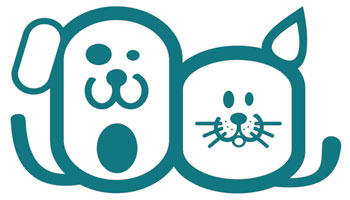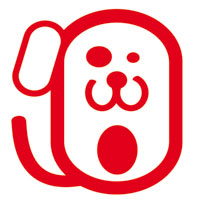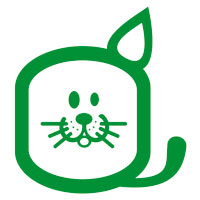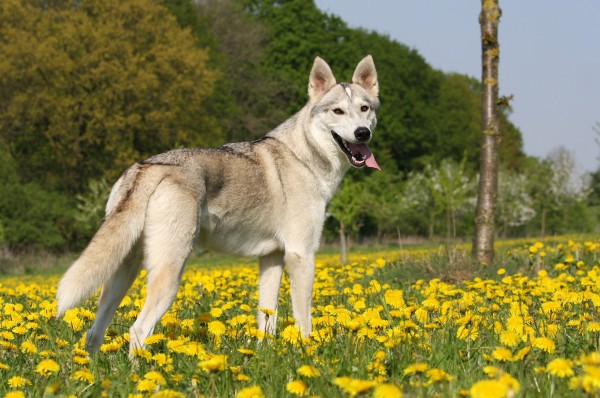Todas las Razas de Mascotas (Perros o Gatos) en PETSmania


Ficha de la raza Tamaskan
Funcionalidad: Trabajo y compañia.
Longevidad: 14 a 15 años.
Tamaño: Gigante
Peso: 25-50 kg.
Tipo de manto: Recto, grueso, con subpelo denso y abundante en invierno
Colores: Gris lobo, gris rojizo y gris negruzco
Mantenimiento: Medio
Tipo de raza: Perros tipo spitz y tipo primitivo
Para casa

El Tamaskan es una raza que tiene su origen Finlandia y está considerado como perro de trabajo, es muy versátil ya que puede sobresalir en agilidad, obediencia y pruebas de trabajo. También tiene como cualidad tirar de trineos, heredada de las razas que lo originaron, el Alaskan Malamute y Husky siberiano.
Morfológicamente la raza presenta un parecido con el lobo, por lo que ha supuesto un factor clave para la difusión de la raza Tasmakan por Europa continental, el Reino Unido y los Estados Unidos, así como también Canadá y Australia
PETSMANIA - Alemania |
The "Tamaskan Dog" is a crossbred dog of sleddog type, created in Finland, and as of 27 November 2013, has been recognized by the American Rare Breed Association, and the Kennel Club of the United States of America, two related dog fancier and pedigree registries. It is a highly versatile dog that can excel in agility, obedience and working trials. Morphologically, Tamaskans have been bred to look like wolves and wolfdog-hybrids and have a notable lupine appearance. Although there are a little over 600 registered Tamaskan Dogs worldwide, increasing interest has resulted in their spread throughout continental Europe, the UK and the USA, as well as Canada and Australia.
Tamaskans are large, athletic dogs; slightly taller in size than German Shepherds. With regard to build, they are substantially larger than typical sled dogs but smaller than the Alaskan Malamute. They generally resemble grey wolves and wolfdogs.
On average, Tamaskan adults measure around 24-28 inches tall at the shoulder and typically weigh between 55-88 pounds –the heaviest recorded Tamaskan males weigh just under 50 kg. Females are usually slightly smaller and lighter than males, with a distinct feminine appearance. Males are more heavyset with broader heads and a heavier bone structure. Tamaskans have a lupine appearance with a straight bushy tail and thick double coat that comes in three main colors: Wolf Gray, Red Gray, and Black Gray. Each individual guard hair is agouti banded along its length. The almond-shaped eyes range from yellow through to amber and brown, with lighter colored eyes being very rare. Blue eyes are not acceptable, nor are mismatched eyes.
Tamaskan
Estandar de la Raza Tamaskan
Por :
(Estados Unidos)
Seccion:
General Appearance:
The Tamaskan Dog is large and athletic. He/She should have a wolf-like appearance with coarse and thick fur, small ears and a straight bushy tail.
Important Proportions:
The length of the body from point of shoulder to the rear point of pelvis is longer than the height of the body from ground to top of the withers.
Behaviour-Temperament:
The Tamaskan Dog is friendly and affectionate. He should not appear aggressive or overly reserved towards people or other dogs. His high intelligence and eagerness to please make him versatile in his uses as a working dog and loyal companion.

Croup:
Short, not broad, falling away
Elbow:
Close fitting, turned neither in nor out.
Neck:
Slightly arched, long and strong.
Pastern:
Slightly slanted, strong, flexible.
Stifle:
Well bent, turned neither in nor out.
Stop:
Slight/Moderate.
Tail:
The tail should reach to the hock joint but not beyond. At rest the tail is carried downward, but when the dog is excited or in motion, it is carried higher. The tail, should not be carried curled over the back. Coarse thick hair but not feathered.
Topline:
Level topline with a slightly sloping croup.
Tuck-up:
Taut belly, tucked up.
Withers:
Well muscled, pronounced.

Ears:
Of medium size, but small in proportion to the head. The ears are triangular in shape and slightly rounded at tips. Set wide apart on the skull. Carried facing forward and erect.
Eyes:
Eyes are Yellow through amber & brown. Almond shaped and of medium size. Blue eyes are a disqualifying fault. Close fitting lids
Nose:
The nose, lips, and eye rim pigmentation should be black, the lighter streaked 'snow nose' is acceptable only in winter months.
Jaws & Teeth:
Jaws strong and symmetrical. Well developed teeth, Scissor bite.
Coat:
Straight, close. Winter and summer coat differ. In winter an immense undercoat forms all over the body including the inner part of the ears. Well coated neck. The coat should form a slight ruff around the neck and shoulders framing the head.
Forequarters:
The front legs are straight, close together and the feet should turn slightly outwards.
Height:
Males 63cm – 84cm (25in - 33in)
Females 61cm – 71cm (24in - 28in)
Weight:
Males 32kilos – 50kilos (70lbs - 110lbs)
Females 25kilos – 41kilos (55lbs - 90lbs)
Movement:
Movement should be light and balanced, but powerful and flowing. Should be able to cover massive amount of ground.

Coat Colors:

White is a disqualifying fault for showing.
At present, white (cream: e/e) is a non-accepted coat color for the breed and a disqualifying fault for showing; however, registered white colored Tamaskan Dogs may currently be used for breeding if they really are the best representation from their litter combination. Our aim is to gradually eliminate this coat color over time without unnecessarily narrowing the gene pool in the process.
At present, solid black (recessive or dominant black), liver (b/b), piebald (extreme white spotting S/S), and dilute blue (d/d) are non-accepted coat colors for the breed and are disqualifying faults for showing. Tamaskan Dogs of this color may not be used for breeding.
Acceptable Masks:
There are three types of mask that are acceptable, in every variation the mask must reach all the way to the nose.

Nota: no se responsabiliza de la informacion u opiniones vertidas en estos contenidos ni tiene por que estar de acuerdo con ellos.





































